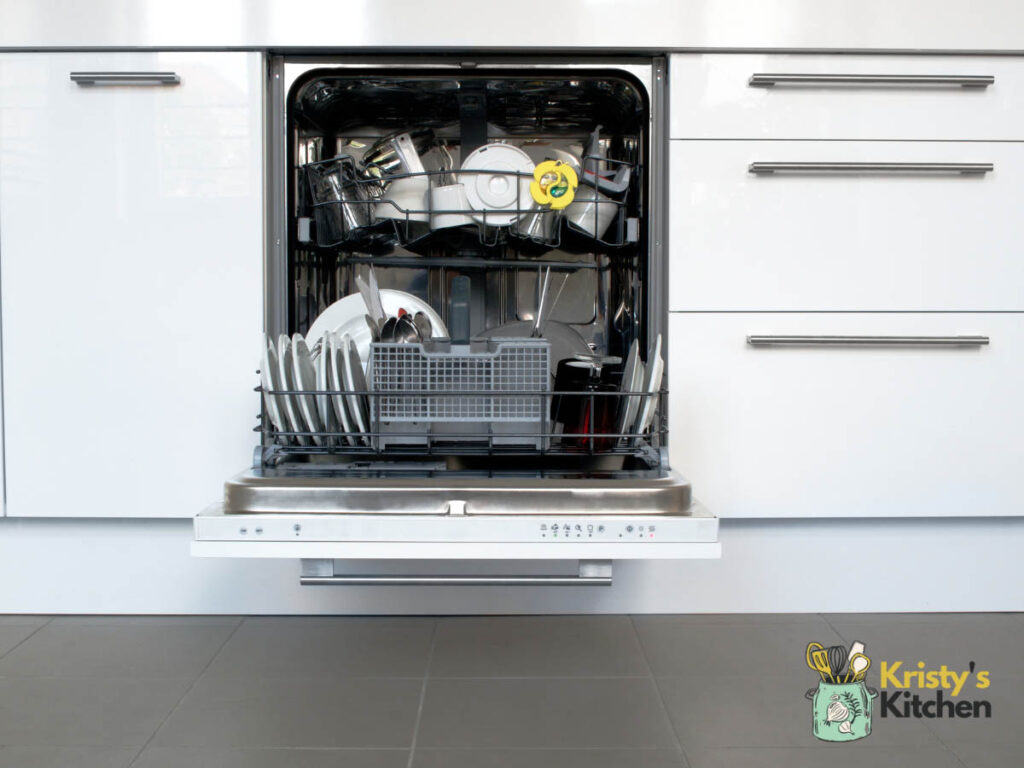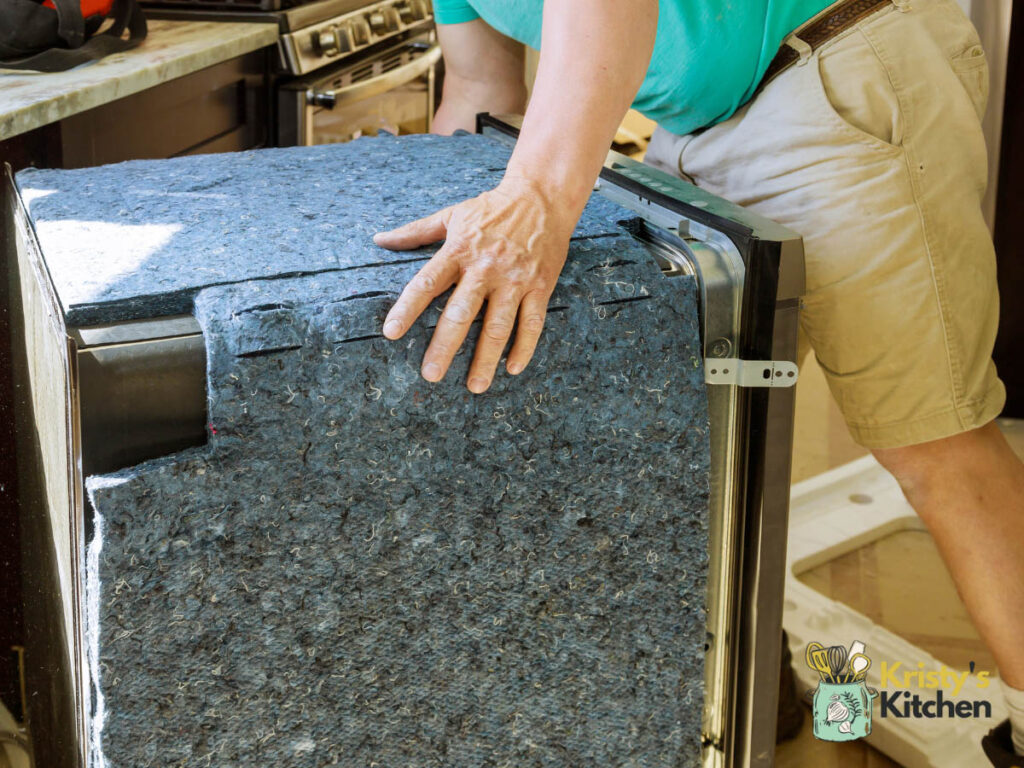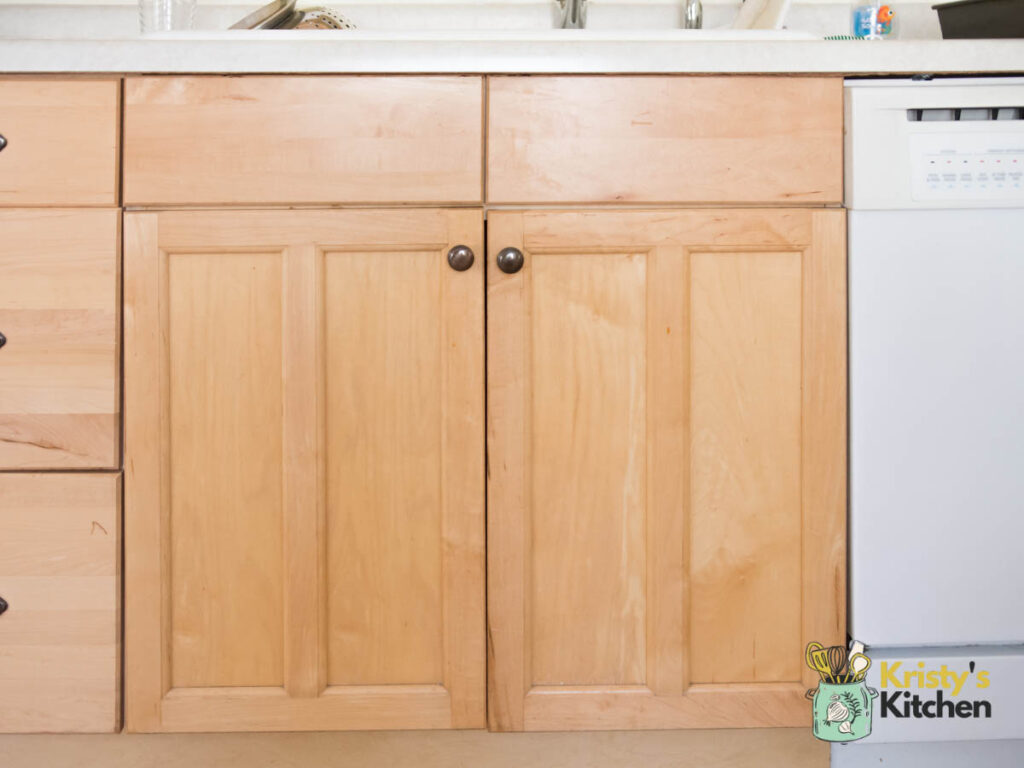Do You Need A Cabinet For A Dishwasher? All You Need To Know
Ever thought about fitting a dishwasher into your kitchen without going through a countertop overhaul?
I’ve got your answer! Let’s dig in and figure out whether you can slot in a dishwasher without the usual cabinet setup.
Do You Need A Cabinet For A Dishwasher?

So, can you install a dishwasher without a countertop? It depends on the type of dishwasher you’ve got.
Dishwashers have different styles, each with its own way of fitting in.
Let’s break it down and see if any of these dishwasher types can do their thing without being boxed into a cabinet:
- Built-In Dishwashers: These are the classic ones that slide under your countertop. They’re like puzzle pieces meant to blend in. Skipping the cabinet won’t work since they lean on the cabinet for support and to look neat. At this point, you’re better off with the other dishwashers.
- Portable Dishwashers: These freestanding units usually have wheels and a bit of countertop space. They don’t need to squeeze into a cabinet, but they do need a solid countertop to call home.
- Countertop Dishwashers: These little guys sit on your countertop, perfect for smaller kitchens or places where cabinets aren’t the norm. No cabinet? No problem. Just find a clear spot on the countertop.
| Most Portable and Countertop dishwashers come integrated into their own cabinet, one customized according to the model, so you don’t need a cabinet for these dishwashers. |
How To Install a Dishwasher Without a Cabinet?

If you’re thinking of a dishwasher setup without all the cabinet fuss, here’s a practical guide to make it happen:
List Of Supplies You’ll Need
- Portable or countertop dishwasher.
- Adequate, clear countertop space.
- Leveling tools (like a bubble level).
- Necessary materials for power and water connection (as per manufacturer guidelines).
- Dishwasher-safe sealant or adhesive.
Step 1: Find the Perfect Spot
Look for a convenient spot near a power outlet and water source.
Make sure your countertop can handle the dishwasher’s weight and size.
Remember the dishwasher’s dimensions, especially how deep and tall it is, and any clearance needed as mentioned in the manual.
Step 2: Keep Things Level
Use a bubble level to make sure your countertop is nice and flat.
If it’s not, adjust the dishwasher’s position until it’s all nice and balanced.
This step’s a big deal because it helps the water drain properly during cycles and stops any leaks.
Step 3: Fix The Connections
Put your dishwasher within arm’s reach of an electrical outlet and water source.
If you’re connecting it to a faucet, follow the manufacturer’s instructions to make sure it’s hooked up snugly.
Don’t forget to plug in the power cord while keeping electrical safety in mind.
Step 4: Lock It in Place
Depending on how your dishwasher is made, you might need to use the brackets or clamps they gave you to attach it securely to the countertop.
Or if they suggest glue, follow their instructions carefully. This step makes sure your dishwasher stays steady when it’s doing its thing.
Step 5: Seal the Edges
Use dishwasher-safe sealant (like Mod Podge) or adhesive along the edges where the dishwasher meets the countertop.
This is like adding a barrier against water sneaking in where it shouldn’t. It also helps muffle any vibrations, which is a bonus.
Step 6: Give It a Test Run
Now’s the moment of truth – run a test cycle to make sure everything’s running smoothly.
Keep an eye on the water connections, especially where the water comes in and where it goes out.
And make sure that water’s going where it’s supposed to go, like the sink or wherever it drains.
Benefits Of Having A Dishwasher In A Cabinet

Let’s talk about why having a dishwasher tucked into a cabinet can be a smart move for your kitchen:
- Fits Right In: When your dishwasher is part of your cabinet setup, everything looks like it belongs together. No odd one out – just a tidy, organized kitchen.
- Looks Nice: Closing the cabinet doors hides the dishwasher and keeps your kitchen looking neat. No extra clutter, just a smooth, clean appearance that’s great for modern kitchens.
- Less Noise: Cabinets help muffle the noise from the dishwasher. So, while it’s doing its thing, you won’t be dealing with a loud racket. It’s a good option if you have an open kitchen.
- Everything’s Close: Having your dishwasher right there in the cabinet means your dishes, pots, and pans are all within arm’s reach. You get full storage. No more running around to find what you need.
- Stays Put: Cabinets give your dishwasher a solid base. It won’t wobble or move around during its cycle, which means fewer chances of leaks or damage.
Drawbacks Of Having A Dishwasher In A Cabinet
But like everything, there are a couple of downsides to consider when you’re thinking about a cabinet dishwasher:
- Tricky Setup: Getting a dishwasher snug in a cabinet takes some work. You might need to mess around with pipes and wires, making the whole setup a bit more complex than standalone options.
- Costs More: Going the cabinet route can cost more. You’re not just looking at the dishwasher price – there could be extra expenses for adjusting cabinets, plumbing, and wires. It might be pricier compared to other dishwasher types.
- Maintenance Hassle: If your built-in dishwasher needs fixing, it’s not as simple as popping the hood. You might have to take apart bits of the cabinet to get to it, which can be a bit of a headache.
- Style Changes Are Tough: If you decide to switch up your kitchen’s look down the line, your built-in dishwasher might not play along. Changing cabinets or appliances could be on the menu.
As you can see, deciding whether you want a cabinet or not for your dishwasher consists of a lot more than thinking about the costs and space.
You should be able to make a smarter choice, now.
FAQs
Can you have a dishwasher without a countertop?
Yup, you can totally have a dishwasher without a countertop. Some dishwashers, like portable ones, don’t need a built-in countertop space. Just plop ’em on your existing countertop or find a good spot.
What kind of cabinet do I need for a dishwasher that’s built-in?
If you’re rolling with a built-in dishwasher, you’ll need a base cabinet that fits the dishwasher’s size. It should be sturdy enough to support the dishwasher and follow the installation rules.
Does a dishwasher need space around it?
Yep, dishwashers need a bit of elbow room for breathing and getting set up. Check out what the manual says about how much space it needs to do its thing properly.
Can you install a dishwasher anywhere?
Sort of. You need power, water, and a spot that’s level. So, you’ll want to be near outlets and water connections. Also, remember, flat and stable ground is the name of the game.
Where is the best place to put a dishwasher?
Close to the sink. It makes plumbing connections easier and keeps your dish-loading routine smooth. If it’s in sync with your dining zone, even better. Just be sure it fits without crowding the kitchen dance floor.
Can you have a dishwasher away from the sink?
Yep, it’s doable, but plumbing can get a tad trickier. You’ll need to set up water supply and drainage that plays nice with your dishwasher’s location. It’s like giving it a mini kitchen all its own.
Final Thoughts
Remember, even though you’re skipping the usual cabinet setup, you still want a sturdy arrangement.
Always follow the instructions that come with your dishwasher to get the job done right.
With the guidelines I taught, you’ll have a dishwasher that fits your kitchen vibe, without needing to mess with a cabinet.
